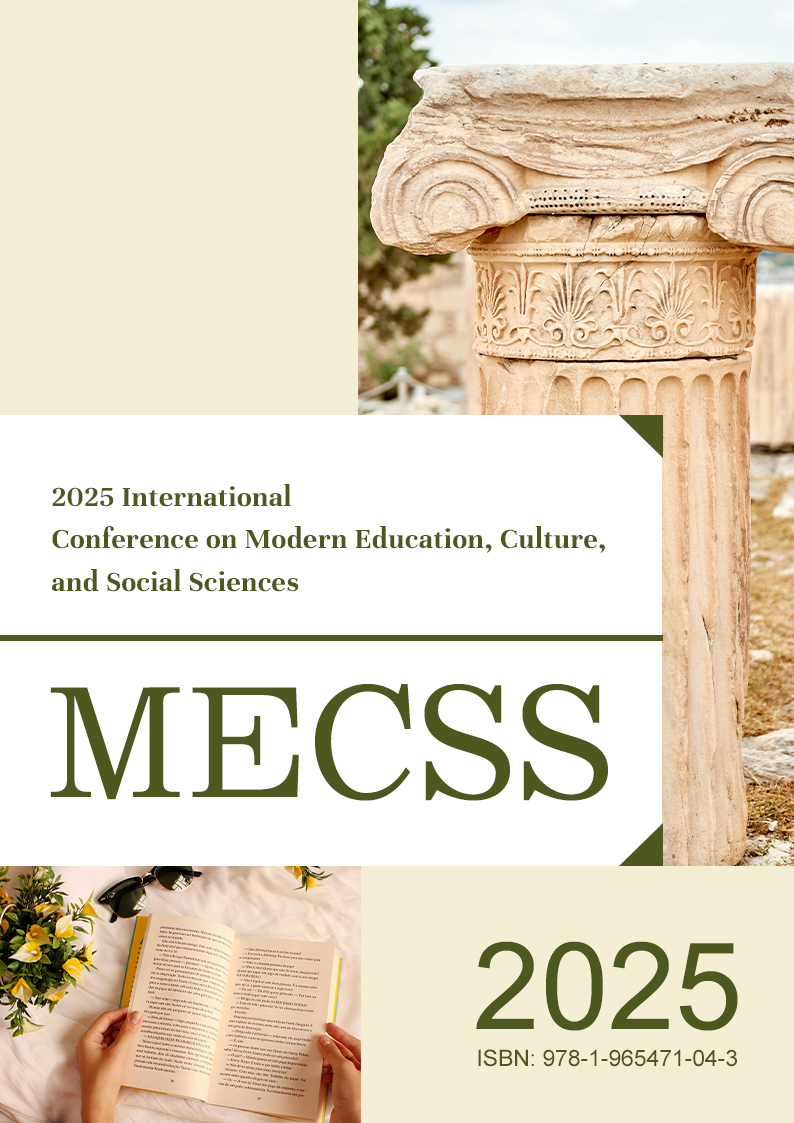Exploring Art Education in Historic Sites: A Case Study of Public Space Design in Wuxianguan

Authors:
Jiawei Zhang, Tongxin Cai
Keywords:
Art Education; Cultural Preservation; Sustainable Design; Interdisciplinary Innovation; Heritage Revitalization
Doi:
10.70114/ahmer.2025.2.1.P54
Abstract
This paper explores the application of Wuxian Temple as an important historical site of Maritime Silk Road culture in art education and its design innovation path. It reveals the role of art education in protecting the cultural connotation of historical sites and realizing modern design innovation. Wuxian Temple is not only a place for cultural communication and historical inheritance, but also an ideal place for interdisciplinary educational practice. Combining cultural narratives, multimedia displays and augmented reality (AR) technology in art education of historical sites can enhance the cultural depth and visual appeal of public space design works. At the same time, it enhances students' creativity and cultural identity. This process highlights the unique value of art education in site art design, provides new ideas for innovation in public space design of historical sites, and provides valuable experience for the reform of teaching models of art education


